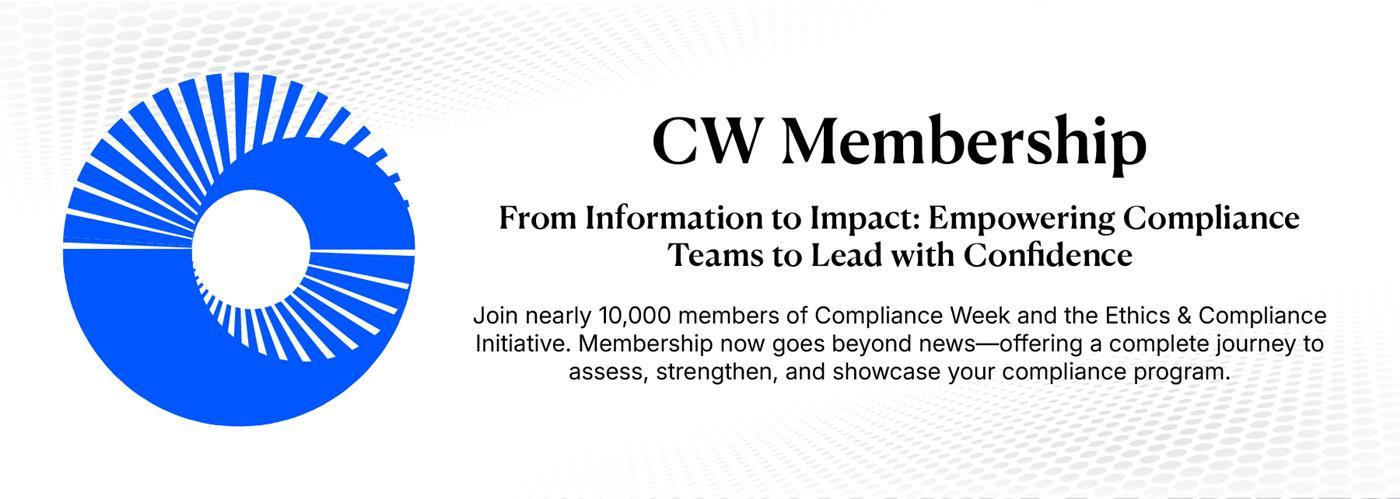TPRM panel: Underscoring need for first line of defense to own risk

Risk owners comprising the first line of defense have come to count on compliance as a crucial support function. Perhaps too much, in some cases.
“Early in my career, when I would talk to internal clients, sometimes they would say, ‘I don’t worry about compliance, we’ve got a great compliance team that worries about it,’” recounted John Pawloski, senior vice president, global chief ethics and compliance officer at insurance provider Assurant, during a session at Compliance Week’s virtual Third-Party Risk Management (TPRM) and Oversight Summit. “That’s the worst answer you want to hear from a business leader because responsibility and accountability for risks should lie in the first line, particularly when it comes to third-party risk management.”
Getting that message across is key for compliance and risk management professionals seeking to establish roles and responsibilities as part of their TPRM efforts. Panelists alongside Pawloski speaking as part of the conference session on targeting risk owners shared insights from their experiences interacting with first-line leaders.
THIS IS MEMBERS-ONLY CONTENT
You are not logged in and do not have access to members-only content.
If you are already a registered user or a member, SIGN IN now.













